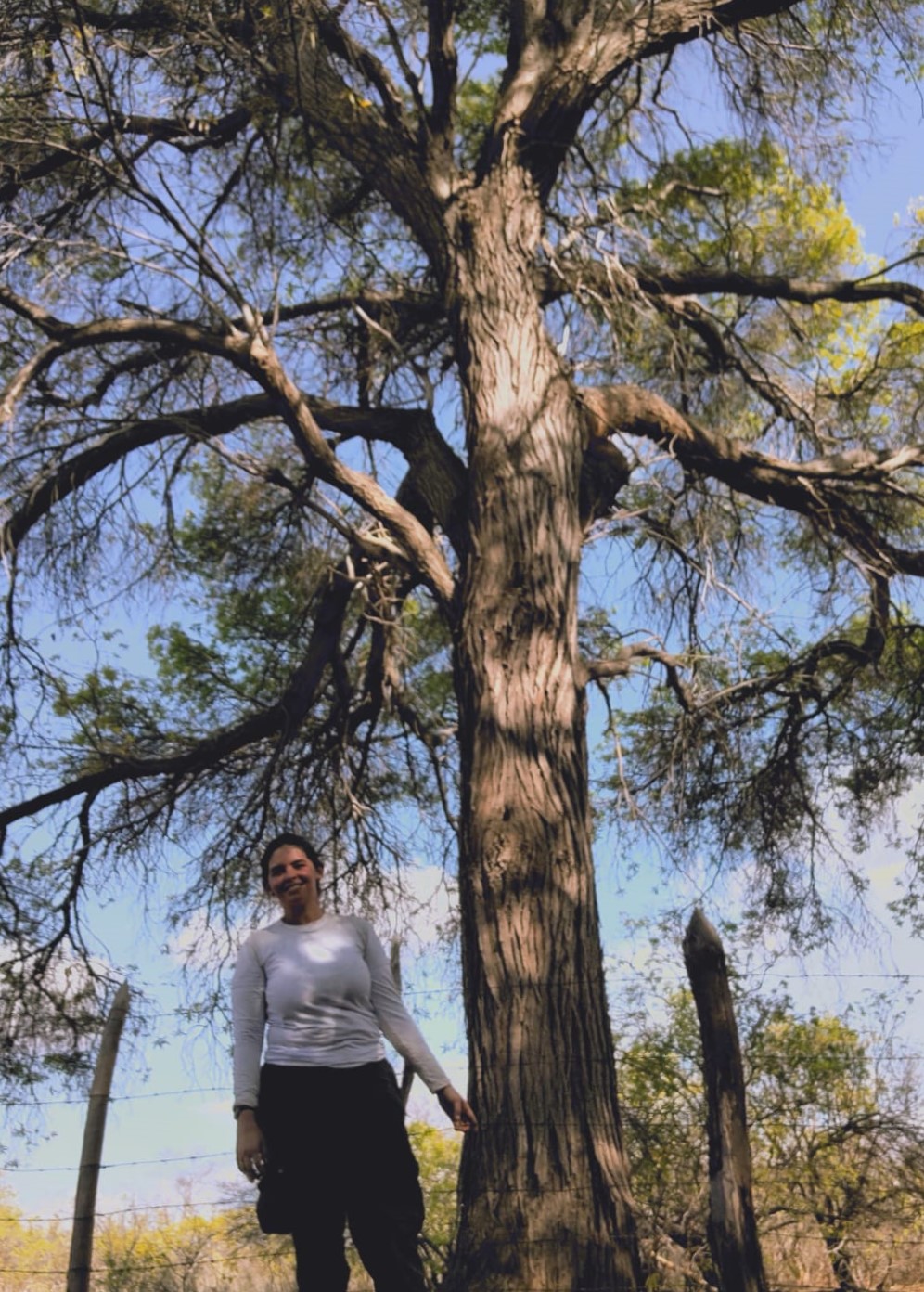News
Exclusive Flora of the Atlantic Forest in Northeastern Brazil
North of the São Francisco River, the Atlantic Forest takes on a different identity for scientists: the Pernambuco Endemism Center (PEC), spanning from Alagoas to Rio Grande do Norte. This designation emphasizes the abundance of species found solely within these forests north of the São Francisco River (aka Velho Chico). Focusing particularly on the trees, botanist Essia Romão-Torres, a doctoral candidate at the Federal University of Pernambuco (UFPE), was among the scholars selected in 2023 for the FUNBIO Grants – Conserving the Future, in collaboration with the Fonseca Leadership Program, established by the Global Environment Facility (GEF).
The researcher’s work – “Modeling the distribution of endemic botanical species in forest fragments in the Pernambuco Endemism Center” – will map tree species occurring exclusively within the PEC, considered one of the most threatened regions within the biome due to the history of colonization and occupation along the Brazilian coast.
One of the trees that Essia will focus on is a species of ingá (Inga suborbicularis), which is threatened with extinction and remains poorly studied by science. This plant is currently known solely in the Atlantic Forest of Northeastern Brazil. The tree which can grow up to 5 meters in height, stands out with its blooming of numerous flowers resembling small bouquets of long, thin white tubes, crowned with yellow. Like other ingá species, its fruits, shaped like pods, are edible – although their consumption is not widely established in the region, where it falls under the category of unconventional food plants (UFP).
Engaging with society and extending beyond the thesis is, in fact, one of the objectives of the research project. “We want to broaden the reach of the research, extending beyond academia. We aim for it to become a tool for environmental management in these regions. We’ll take all the results and information we gather and turn it into an illustrated guide for public and environmental managers, educators, and society as a whole. So, in addition to academic products like scientific articles and discoveries, we want to transform [the project] into an educational product,” she summarizes.
The initial stage of the research will involve accessing available databases of biological collections and herbariums to gather information on species occurrences. Following this initial effort, Essia will delineate the geographical distributions and input data into a statistical modeling software, based on ecological niches, to better understand the relationship between environmental variables and occurrences. This will be crucial for the validation of predictive models.
One of the research objectives is to try to understand the environmental factors, such as rainfall patterns, climate, and potential ecological constraints, that influence the occurrence of these trees. “We want to comprehend which environmental factors influence the presence or absence of these species. Do they occur only in this area [of the PEC] because they are restricted – and what characteristics lead to this – or because they are under-sampled?” Essia questions.
Based on the modeling results, areas with high and low probabilities of occurrence of these species will be identified. “If a particular area has a high probability of occurrence but lacks occurrence data, we can initiate collection efforts in that area,” adds the researcher from UFPE.
Field expeditions will be vital for validating the modeling results, and Essia underscores that support from the FUNBIO Grants – Conserving the Future and GEF will be crucial, particularly at this stage. “The fieldwork will be extensive, and conducting this research without this support would be impractical,” notes the researcher, who plans to carry out the expeditions between September and February of 2025. The exact locations for the fieldwork are yet to be determined based on data analysis, but Essia aims to sample in Pernambuco, Alagoas, Paraíba, and Rio Grande do Norte, focusing on areas with the most significant data gaps.
Many of the flora species in the PEC have not yet had their conservation statuses assessed due to lack of information. “We will analyze which species have already been evaluated by official agencies and which species have not been assessed yet due to insufficient information. We aim to understand this landscape of information and identify gaps,” explains the scholar.
In addition to addressing questions about the endemic tree species of the PEC, Essia also aims to assess the conservation status of the fragments in which they live. This includes projecting scenarios for these fragments in the face of climate change to understand the most vulnerable ones, as well as examining the existence – or lack thereof – of conservation policies in the area. “Based on this, we can identify priority areas for conservation,” she emphasizes.
“We chose trees because we understand that they are keystone species. By seeking to conserve a tree, we conserve the entire ecosystem associated with it. The forest fragments of the Atlantic Forest, due to their historical processes of occupation, degradation, use, and ongoing human pressure, are highly fragile areas that retain high levels of endemism,” explains Essia.
Essia Romão-Torres is a doctoral candidate in Geography at the Federal University of Pernambuco (UFPE).


